Since its successful launch on December 25, 2021, and full deployment in early 2022, NASA’s James Webb Space Telescope (JWST) has rapidly transformed our understanding of the universe. As the most powerful space observatory ever built, JWST is designed to look further back in time than any previous telescope, unveiling the secrets of the early universe, peering into stellar nurseries, analyzing the atmospheres of exoplanets, and refining cosmological models.
Below is a detailed, fact-based breakdown of what we’ve learned from JWST so far.
1. The Most Distant Galaxies Ever Observed
JWST has identified galaxies formed just 300–400 million years after the Big Bang, pushing the boundaries of our observational reach.
- In July 2022, JWST captured the galaxy CEERS-93316, originally estimated to be from about 235 million years post-Big Bang. Later refinements placed it at about 390 million years after the Big Bang, making it one of the oldest galaxies ever observed.
- The galaxy GN-z11, previously the record holder from Hubble, has now been joined by galaxies at similar or even higher redshifts (z ~ 10-13), indicating galaxy formation began earlier than expected.
These early galaxies appear more massive and structured than models had predicted, challenging our understanding of early cosmic evolution and the timeline of galaxy formation.
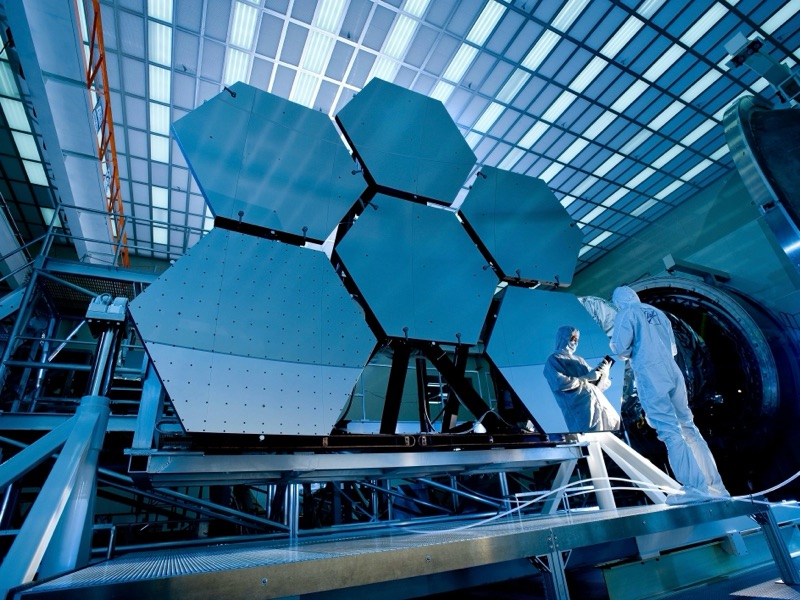
2. Star Formation and Stellar Nurseries in Unprecedented Detail
JWST’s infrared capabilities allow it to peer through cosmic dust, revealing star-forming regions with extraordinary clarity.
- The Carina Nebula: In its now-iconic “Cosmic Cliffs” image, JWST revealed newly forming stars in a region invisible in visible light. It detected jets of material being ejected by nascent stars, mapping the complex interactions between stellar winds and interstellar gas.
- The Pillars of Creation (Eagle Nebula): JWST observed these structures in the mid-infrared, showing dense, cold gas that forms new stars. It provided critical insight into the processes shaping stellar birth in dusty environments.
These observations are helping astronomers refine models of how stars form and interact with their environments, especially in the presence of heavy elements.
3. Atmospheres of Exoplanets
One of JWST’s major breakthroughs has been in exoplanet spectroscopy — detecting the chemical composition of alien atmospheres.
- WASP-96b: JWST detected water vapor in this hot gas giant’s atmosphere, along with evidence of clouds and haze. This was among the first full transmission spectra captured by the telescope.
- WASP-39b: Perhaps the most detailed exoplanet atmospheric spectrum yet. JWST detected carbon dioxide (CO2) for the first time in an exoplanet atmosphere. It also found sodium, water vapor, and signs of sulfur dioxide (SO2), suggesting photochemical reactions — the kind triggered by stellar radiation.
- TRAPPIST-1 System: While still under ongoing study, JWST is analyzing planets in this seven-planet system, some of which lie in the habitable zone. Early results suggest that at least some of these planets may lack thick hydrogen-dominated atmospheres, which increases the chances of more Earth-like conditions.
These findings pave the way for the search for biosignatures and deepen our understanding of planetary formation and climate beyond our solar system.
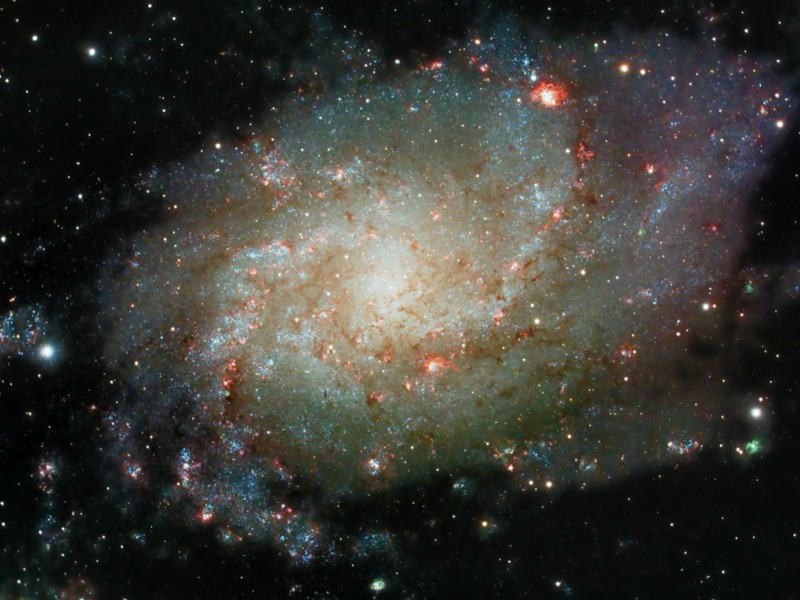
4. Chemical Fingerprints from the Early Universe
JWST’s spectroscopic instruments have begun to unravel the chemical makeup of the early universe.
- Several galaxies observed at high redshift (z > 6) show surprisingly mature chemical compositions, with elements like oxygen, carbon, and nitrogen already present.
- This suggests that the first generations of stars (Population III stars) may have formed and died more rapidly than previously thought, enriching the intergalactic medium with heavy elements early in cosmic history.
This helps clarify how the universe transitioned from the cosmic dark ages to a period of reionization and galaxy growth.
5. Gravitational Lensing Reveals the Distant Universe
JWST has capitalized on natural gravitational lenses — massive foreground galaxy clusters that warp space-time and magnify background galaxies.
- The SMACS 0723 deep field image revealed thousands of galaxies, including some very distant ones, amplified by gravitational lensing. This allowed researchers to study galaxies otherwise too faint to detect.
- These observations help map dark matter distributions in clusters and provide high-resolution data on galaxy evolution.
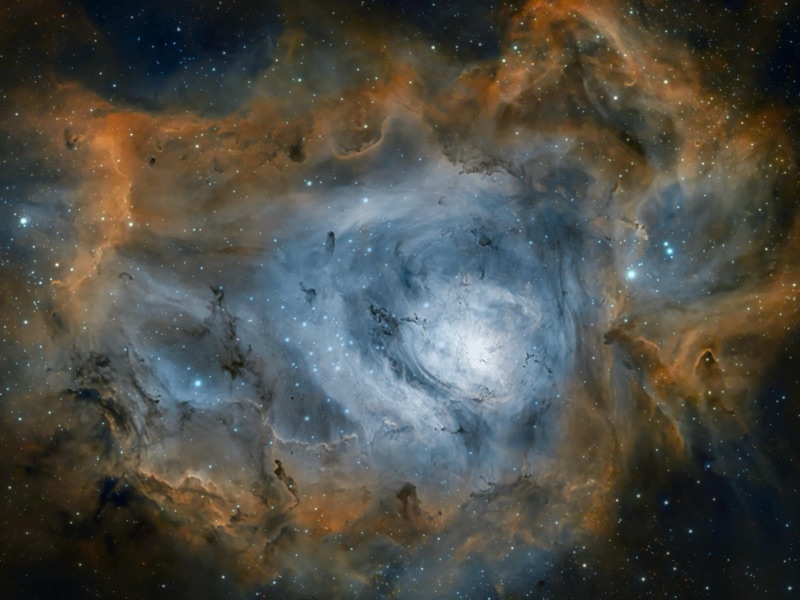
6. Active Galactic Nuclei and Black Holes
JWST has enabled detailed observations of quasars and supermassive black holes at the centers of galaxies.
- In a study of a quasar from 1 billion years after the Big Bang, JWST helped identify the host galaxy’s structure and interactions, revealing active black hole-driven winds and starburst regions.
- Mid-infrared imaging and spectroscopy help trace how black holes influence their galactic environments, regulating star formation and gas distribution.
7. Solar System Observations
Though optimized for distant targets, JWST has made valuable contributions to solar system science as well.
- Jupiter: JWST captured detailed infrared images of the gas giant, revealing auroras, atmospheric layers, and small moons with high clarity.
- Neptune and Uranus: JWST provided some of the best images in decades, showing rings, atmospheric dynamics, and storm systems.
- Mars: Although bright and close, JWST managed to detect fine details in Martian atmospheric composition, including carbon dioxide and dust signatures.
These studies help refine atmospheric models and trace solar system evolution with high-resolution infrared data.
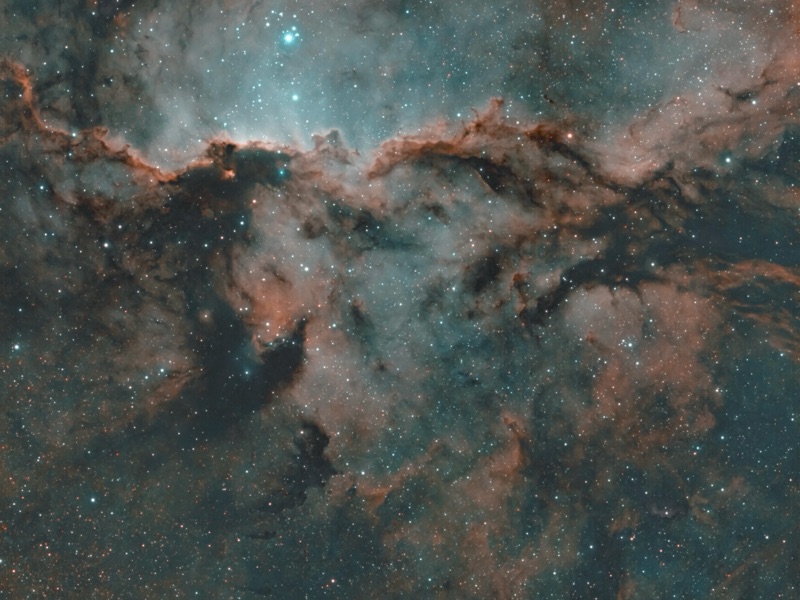
8. Surprising Complexity in Distant Galaxies
Many of JWST’s early observations challenge the standard hierarchical model of galaxy formation.
- Some high-redshift galaxies show disks, bars, and even signs of rotation — features not expected to appear until much later in cosmic history.
- This indicates that galaxy morphology and dynamics were established earlier and faster than previously modeled.
These findings may prompt revisions in cosmological simulations and models of large-scale structure formation.
9. Star Clusters and the Origins of Globulars
JWST has provided unprecedented images of globular clusters in both nearby and distant galaxies.
- In galaxies like the Large Magellanic Cloud, JWST revealed the internal structure of young star clusters and their interactions with surrounding interstellar material.
- It has begun to unravel the age, metallicity, and formation conditions of globular clusters, which are among the oldest structures in the universe.
Understanding these clusters informs us about the conditions in the early universe and the building blocks of galaxy formation.
10. Refining the Hubble Constant Debate
One of the major unsolved problems in cosmology is the tension between different measurements of the universe’s expansion rate — the Hubble constant (H₀).
- JWST is helping to cross-calibrate distance indicators like Cepheid variables and Type Ia supernovae, improving precision in cosmic distance ladders.
- While it has not yet resolved the Hubble tension, its observations add a new, independent dataset that could soon help clarify the discrepancy between early-universe and late-universe measurements.
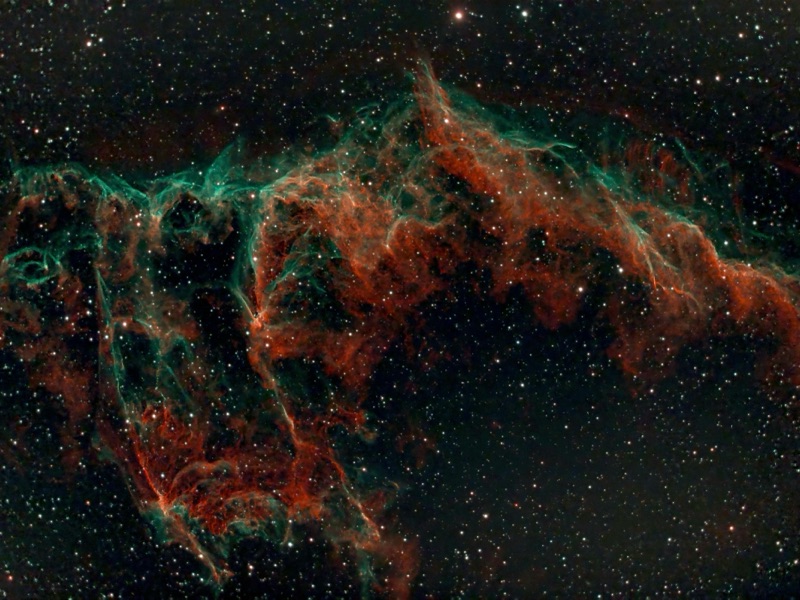
Conclusion
The James Webb Space Telescope has already rewritten parts of our astronomical playbook. With its advanced infrared instrumentation and sensitivity, it is providing data that challenge long-held assumptions about the timing and mechanisms of star, galaxy, and planet formation. From the earliest galaxies to the atmospheres of alien worlds to our own solar system, JWST is proving to be not just a successor to Hubble, but a revolution in our cosmic understanding.
And it’s just getting started. With a mission lifetime expected to last at least a decade (and possibly up to 20 years), JWST will continue to deliver discoveries that reshape our view of the universe for years to come.
Comments
Post a Comment